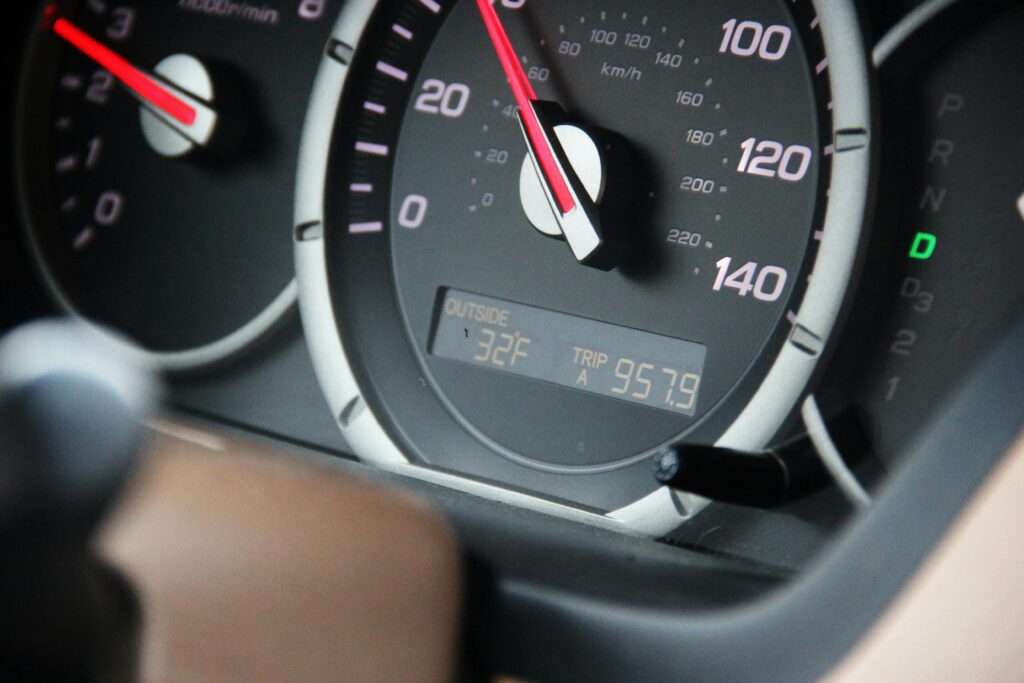
Car insurance can be a significant expense, especially if you’re not on the road very often. Pay-per-mile car insurance is a modern solution designed to cater to low-mileage drivers who want affordable and flexible coverage. But is it really worth it? Let’s explore who benefits most, the top providers, and how it compares to traditional insurance plans.
1. What Is Pay-Per-Mile Car Insurance?
Pay-per-mile car insurance is a usage-based insurance model where you pay a base rate plus a per-mile fee. Unlike traditional insurance that charges a flat premium regardless of how much you drive, pay-per-mile focuses on your actual road time.
How It Works:
- Base Rate: Covers essential coverage, including liability and comprehensive insurance.
- Mileage Charge: You pay a few cents per mile driven, tracked through a device installed in your car or a smartphone app.
This model is perfect for drivers who spend less time on the road, allowing them to save money compared to traditional policies.
2. Who Are the Ideal Users of Pay-Per-Mile Insurance?
Pay-per-mile insurance isn’t for everyone, but it’s a game-changer for certain types of drivers.
Who Benefits the Most?
- Low-Mileage Drivers: If you drive fewer than 10,000 miles annually, you’re likely to save with pay-per-mile insurance.
- City Dwellers: Urban residents who rely on public transportation and use their cars only occasionally benefit significantly.
- Work-From-Home Professionals: If remote work has reduced your commute, this option could cut your insurance costs.
- Occasional Drivers: People who only use their vehicles for weekend trips or special occasions.
- Retirees: Those who drive less frequently but want to maintain coverage for occasional outings.
Who Should Avoid It?
- High-mileage drivers, like road-trippers or long-distance commuters, may end up paying more with a per-mile plan.
3. Top Providers of Pay-Per-Mile Insurance
Several companies specialize in pay-per-mile insurance or offer usage-based options. Here are the top providers to consider:
1. Metromile:
- A pioneer in pay-per-mile insurance, Metromile offers a straightforward pricing model and robust app features.
- Mileage is tracked via a plug-in device that connects to your car’s diagnostics.
2. Nationwide SmartMiles:
- Combines flexible pricing with the reliability of a major insurer.
- Offers discounts for safe driving habits in addition to mileage-based savings.
3. Allstate Milewise:
- Allstate’s usage-based option provides coverage for low-mileage drivers, with features like real-time tracking through their app.
4. Liberty Mutual ByMile:
- Offers competitive rates and integrates seamlessly with Liberty Mutual’s traditional insurance options.
5. Root Insurance:
- Focuses on rewarding safe driving rather than just low mileage, using app-based tracking to calculate premiums.
What to Look For in a Provider:
- Transparent pricing.
- Reliable tracking technology.
- Customizable coverage options.
4. Comparing Savings: Pay-Per-Mile vs. Traditional Plans
The primary appeal of pay-per-mile insurance is the potential for savings. But how does it stack up against traditional car insurance?
| Feature | Pay-Per-Mile Insurance | Traditional Insurance |
|---|---|---|
| Cost Structure | Base rate + per-mile fee. | Flat premium, regardless of mileage. |
| Ideal Drivers | Low-mileage, occasional drivers. | High-mileage, frequent drivers. |
| Flexibility | Highly adaptable to driving habits. | Less flexibility—one fixed rate. |
| Savings Potential | Up to 40% for low-mileage users. | Lower savings for drivers who don’t qualify for discounts. |
| Tracking Requirements | Mileage tracked via app or device. | No tracking needed. |
Example Savings:
- A low-mileage driver who averages 5,000 miles per year could save $300–$500 annually compared to traditional insurance.
- On the other hand, a high-mileage driver logging 20,000 miles annually may find traditional plans more affordable.
5. Advantages of Pay-Per-Mile Insurance
Pay-per-mile insurance isn’t just about saving money—it also offers unique benefits that traditional policies can’t match.
Key Advantages:
- Cost Savings: Significant savings for low-mileage drivers.
- Transparency: Clear pricing lets you see exactly what you’re paying for.
- Flexibility: Ideal for changing driving habits, such as remote work or lifestyle shifts.
- Eco-Friendly Incentive: Encourages reduced driving, which lowers emissions and supports sustainability.
6. Disadvantages of Pay-Per-Mile Insurance
Despite its benefits, pay-per-mile insurance has some limitations.
Potential Drawbacks:
- Tracking Technology: Some people may dislike the need for a device or app to monitor mileage.
- High Per-Mile Costs: The per-mile charge can add up quickly for moderate to high-mileage drivers.
- Limited Availability: Not all states or regions have access to pay-per-mile insurance providers.
Consider These Before Switching:
If you’re uncomfortable with telematics or live in an area without competitive pay-per-mile options, this model might not suit your needs.
7. Is Pay-Per-Mile Insurance Worth It?
The value of pay-per-mile insurance depends on your driving habits and priorities.
It’s Worth It If You:
- Drive fewer than 10,000 miles annually.
- Want flexibility and transparency in your insurance costs.
- Are comfortable with mileage tracking technology.
It’s Not Ideal If You:
- Frequently commute long distances.
- Prefer a flat-rate policy without tracking.
Conclusion
Pay-per-mile car insurance is a fantastic option for low-mileage drivers seeking affordable, flexible coverage. With top providers like Metromile and Nationwide offering competitive plans, this model has proven to be a game-changer for urban residents, remote workers, and retirees. By understanding how it works and comparing it to traditional plans, you can determine whether pay-per-mile insurance fits your lifestyle.
Read More…
FAQs
1. How is mileage tracked in pay-per-mile insurance?
Mileage is typically tracked using a telematics device plugged into your car or a smartphone app.
2. What happens if I drive more than expected?
You’ll pay a higher premium for the additional miles, but you won’t lose coverage.
3. Can I switch back to traditional insurance if I don’t like pay-per-mile?
Yes, most providers allow you to switch policies if pay-per-mile doesn’t meet your needs.
4. Is pay-per-mile insurance available in every state?
Not all states have access to pay-per-mile providers, so check with your insurer for availability.
5. Does pay-per-mile insurance include full coverage?
Yes, most providers offer full coverage options, including liability, collision, and comprehensive protection.
